A Picture Postcard Image
“Alley of the Baobabs or the “Avenue of the Baobabs” is en route to Morondava. This is one of Madagascar’s picture postcard images. Baobabs (Grandidier’s baobabs) are usually solitary trees, standing tall and proud in the midst of empty spaces. Yet in Baobab Alley, they cluster together forming an avenue of columns that border the dirty road. The Baobabs are tall trees with massive trunks, crooked branches and furry fruit. Baobabs have adapted to the dry and hostile environment. The secret of the baobab’s success in surviving in harsh environments and the reason for its massive trunk is that it has little wood fibre but a large water storage capacity. Each tree can hold up to 300 litres of water, enabling it to live through long periods without rain. The life-cycle of these unique natural oddities is as impressive as their bulk – most live over 500 years.
The best time for photography is in the twilight hours.
The Avenue of the Baobabs (also known as Allée des Baobabs) is one of Madagascar’s most iconic and photographed landmarks. Located in the western Menabe region, it’s not a formal park but a natural monument consisting of a stunning collection of towering Grandidier’s baobab trees (Adansonia grandidieri) that line a dirt road.
Key Characteristics
- Location: The Avenue is on a dirt road between the towns of Morondava and Belo Tsiribihina in western Madagascar. It’s a key stop on the route to other attractions like the Kirindy Reserve and Tsingy de Bemaraha National Park.
- The Trees: The trees are a unique species of baobab, Adansonia grandidieri, which are endemic to Madagascar and are the tallest of all the baobab species. They can reach heights of up to 30 meters (nearly 100 feet) and are estimated to be up to 2,800 years old. Their massive, cylindrical trunks and sparse, root-like branches have earned them the nickname “roots of the sky.”
- The Landscape: The most striking feature of the Avenue is its almost surreal appearance. The baobab trees stand alone in an otherwise deforested and open landscape of rice paddies and savannah. This is a powerful visual reminder of the extensive deforestation that has occurred in Madagascar. The baobabs were spared from logging because their wood is not suitable for building or firewood, leaving them as lonely sentinels of a former dense forest.
- The Experience: The best times to visit are at sunrise and sunset. During these times, the light is soft and golden, illuminating the trees and creating dramatic silhouettes against the vibrant, changing colors of the sky. This magical atmosphere is what makes the Avenue a world-renowned photography destination.
Conservation
The Avenue of the Baobabs was officially granted protected status as a Natural Monument in 2015. This designation helps protect the main trees from further harm, but conservation challenges remain, including the threat of fires for slash-and-burn agriculture and the difficulty of new baobab seedlings growing in the cleared land.
Other Nearby Attractions
A short distance from the main avenue are two additional attractions:
- Baobab Amoureux (Baobabs in Love): Two intertwined baobab trees that have grown together in a spiral, a popular spot for photographers and romantics.
- Sacred Baobab: An ancient, giant baobab tree that holds cultural and spiritual significance for the local Malagasy people.
Local Hotels

Unsure Where To Start?
Let’s talk about your Earth Trip


Our travel specialists are seasoned explorers with deep local insights. Whether it’s uncovering hidden gems or planning immersive cultural experiences, we design trips that go beyond the ordinary. Get in touch today!
Request A Video MeetingOther Popular Experiences










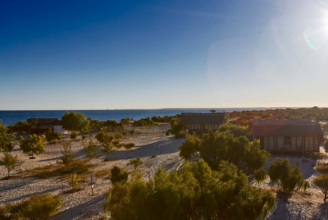
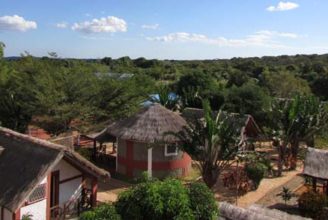
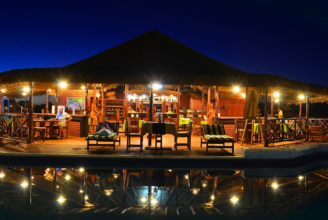
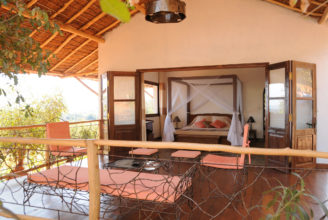
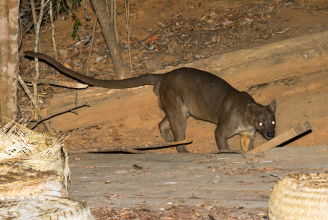
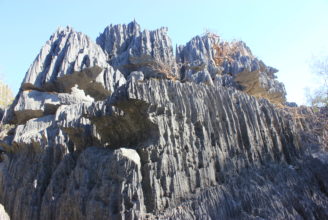
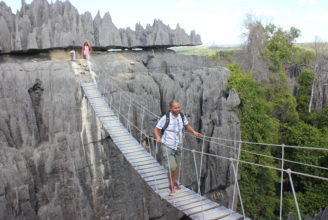
 The Avenue of the Baobabs
The Avenue of the Baobabs